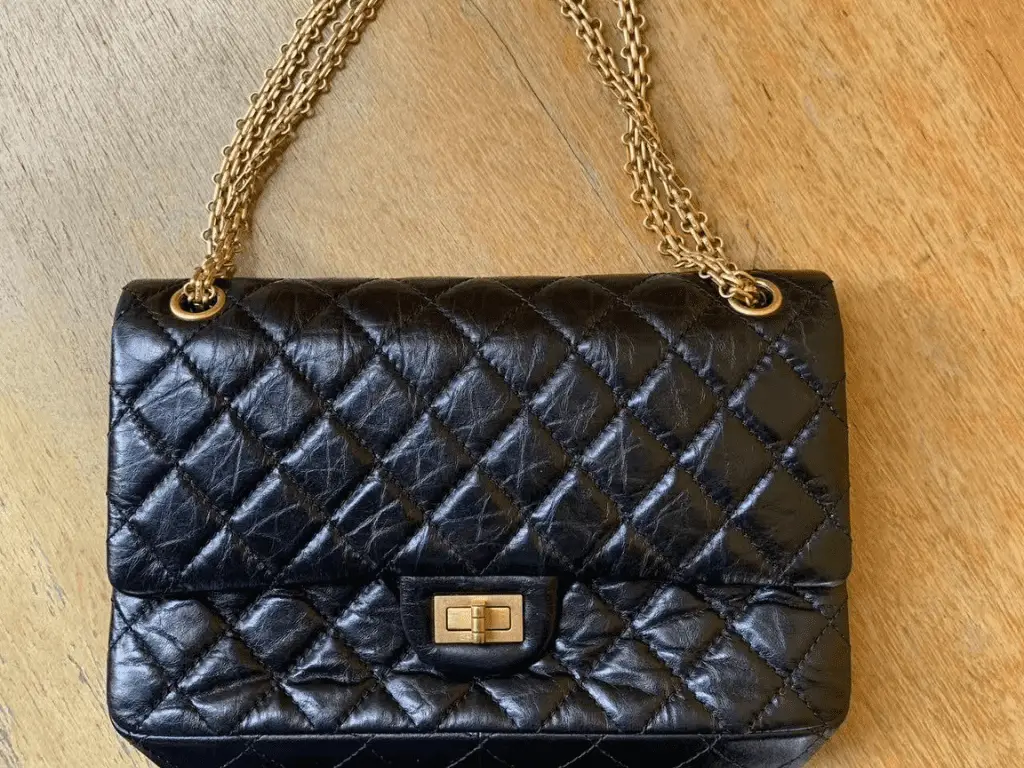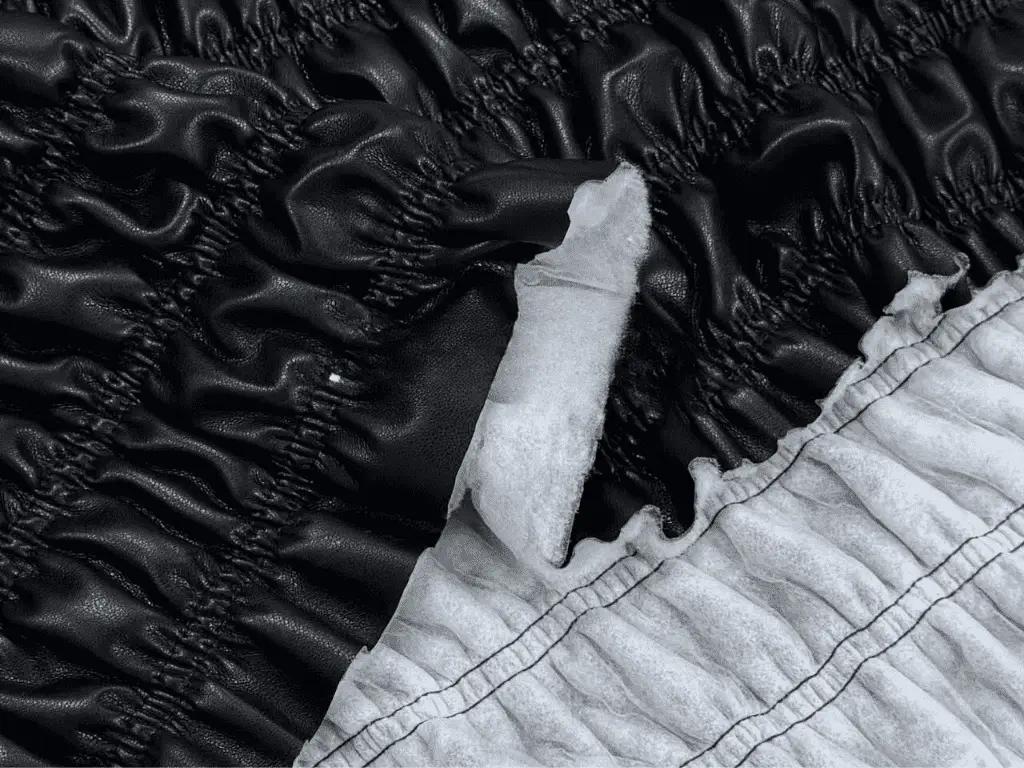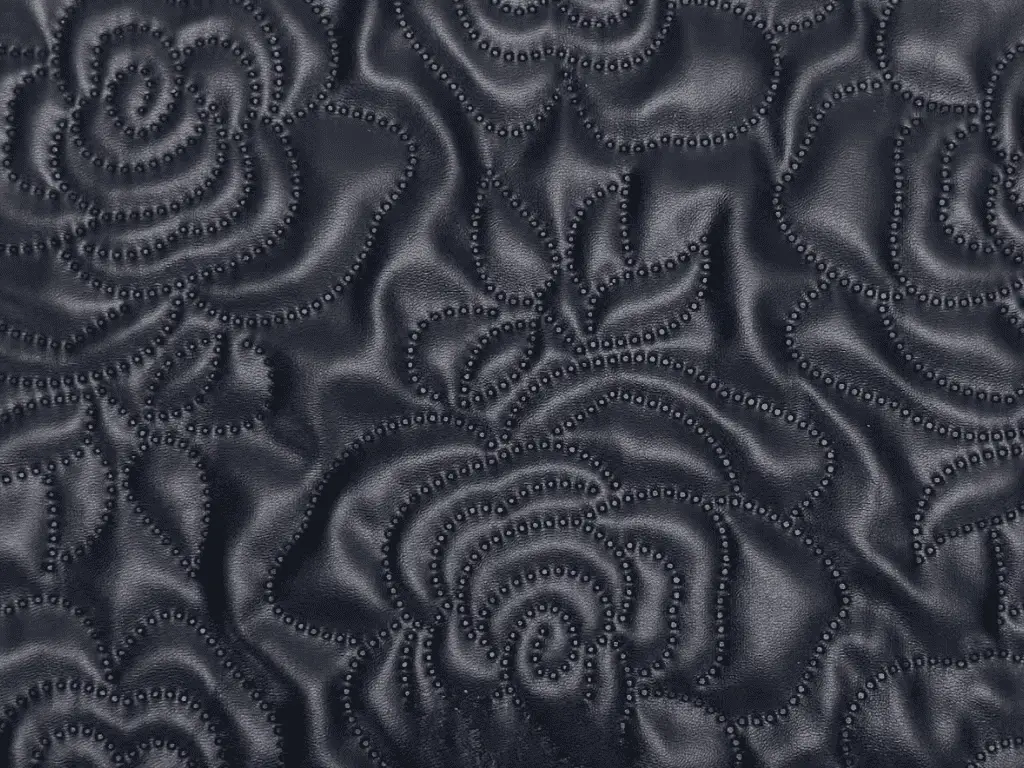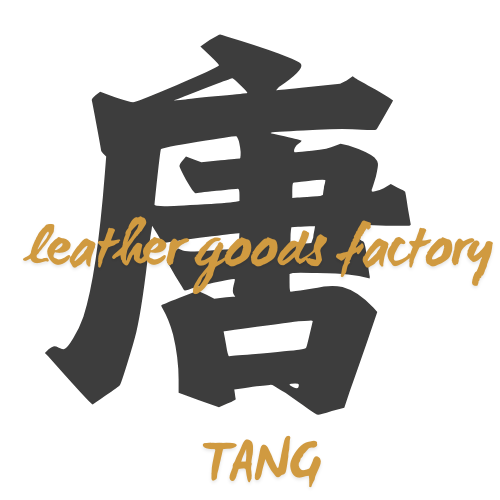When we talk about genuine Leather quilting craft, the first thing that comes to mind is Chanel’s classic caviar leather quilting bags. Quilting craft is not hard. You just need to pick good leather. You also need a skilled supplier. Even complex patterns can be done well. This touch and visual charm is the essence of genuine leather quilting. It is not just a process. It is an art that blends function and beauty perfectly.
Genuine leather quilting craft means putting filling between the leather and lining. Then, you sew it precisely to form 3D wrinkles. This craft is different from fabric quilting. Fabric is soft and free. Leather is tough and shiny. It gives a unique balance of strength and softness. The wrinkles add depth. They also make it stronger and water-resistant. The finished product lasts long in daily use. As early as the 19th century, leather quilting started in Europe. It was used for leather home items. It helped saddles and military jackets. It gave warmth and support. In the 20th century, with fashion industry growth, it changed. It went from a tool to a key feature in high-end bags. It stands for skill and timeless style.


A. Principles and Technical Basics of Genuine Leather Quilting
The core principle of genuine leather quilting is teamwork of layers. The outer leather gives luxury feel and wear resistance. The middle filling, like thin sponge or cotton, adds volume and bounce. The lining keeps it flat and comfy. Sewing fixes these layers into patterns. It forms raised 3D wrinkles like relief art. This design is pretty. It also spreads pressure. It stops leather from cracking when bent. It makes the whole thing resist shape change better.
Unlike fabric quilting, leather work has bigger challenges. Leather fibers are uneven. They tear easily under tension. So, the principle stresses “low tension, high precision.” Stitches must be even. Avoid pulling too hard. Patterns vary. Straight-line quilting fits simple styles. It gives linear strength. Diamond quilting uses diagonal weaves for depth. It is common in bags for better visual layers. Chevron pattern uses V-lines for movement. It suits active designs. These patterns work well. Diamond grids lock filling evenly. They cut down on shifts.
But quilting craft has grown now. For fashion items, simple patterns do not meet what people want today.
On the market, more complex patterns are showing up. For example, the rose quilting pattern in the picture below. And tricky irregular shapes.
These patterns look simple. But they need many trials to get right.
Here are two patterns from our clients. The original designs were more complex. But due to machine limits, we did 3-4 rounds of changes. At last, we set the current pattern effect.
B. Material Choices and Making Steps for Genuine Leather Quilting
Material choice is the soul of genuine leather quilting. It decides the feel and life of the product. Match leather types to the use. Calfskin is flexible and smooth. It fits daily bags. Thickness is about 1-2mm. Easy to sew but keeps bounce. Lambskin is super soft and fine. After quilting, it feels like silk. But handle it with care to avoid scratches. Caviar leather has rough grain. It is very wear-resistant. Great for bags used often. Filling is often high-bounce sponge or organic cotton. Thickness is 3-5mm. It gives light support without extra weight. Thread is wax or nylon. Diameter is 0.5mm. It keeps pull even. No fading or breaks.
Making steps are strict and in order. They split into three stages. First is prep and design. Use CAD software to draw pattern templates. Think about leather’s natural grain direction. Like, avoid side sewing that causes shrink. For example, diamond pattern templates must be exact to the millimeter. Make sure diagonals match.
Next is layering and sewing. Stack leather, filling, and lining. Fix them with special clamps to stop slips. Then use diagonal two-way stitching. Sew from top-left to bottom-right for the first pass. Then reverse for the second. This forms the grid. This “point droit” method is straight dressmaking sewing. Use low-speed machines. Needle spacing is even. Over 10 needles per diamond. Avoid leather cracks. Even filling spread is key. If it shifts, wrinkles get uneven.
Last is shaping and finishing. After sewing, cut parts like bag body or flap. Assemble chains and locks. Hand-sand edges and seal with wax. The whole process takes 8-15 hours. It depends on how complex. Common issues like thread fading can use pre-dyed thread. Leather cracks can be stopped by pre-wetting. These steps make the product water-proof and scratch-proof. Life can last decades.
I like lambskin best for this craft. The feel is the softest. With silk cotton filling, the puffiness is strongest. But it has a downside. Lambskin is thin and delicate. Compared to cowhide, it is not as tough. After long use, the bag bottom gets friction marks easily.




C. Classic Cases of Genuine Leather Quilting
Chanel is the first brand to bring quilting craft to fashion bags on a large scale. Founder Gabrielle “Coco” Chanel launched the iconic 2.55 bag in February 1955. The diamond quilting design comes from jockey saddles and military jackets. It uses calfskin or lambskin outside. Thin cotton filling inside. Double diagonal sewing makes 2-3cm diamond grids. This craft boosts the bag’s depth and strength. It also means women’s freedom. The long chain lets you shoulder it. Hands are free.
The 2.55 bag’s quilting details are fine. Over 10 hand stitches per needle. Wrinkles stay full and not deformed. It became a timeless hit fast. In 1983, Karl Lagerfeld’s Classic Flap (11.12) series made it modern. It still affects Chanel 19 and others. In second-hand markets, this bag holds value high. Often over original price. Chanel’s new idea turned quilting from useful to luxury fashion. It set its place in bag world.
- Hermès (Birkin and Kelly Bag Variations): Hermès did not start quilting first. But its Kelly bag (launched 1935, later versions) sometimes adds chevron quilting. It stresses hand-sewn luxury. Compared to Chanel’s diamond, Hermès focuses on function. Like water-proof and scratch-proof. Fits business settings.
- Louis Vuitton (Monogram Series): LV in late 20th century mixed quilting with classic Monogram canvas. Like the quilting version of Neverfull bag. This hybrid craft highlights brand prints for visual punch. Popular in street fashion. But not as classic as Chanel’s pure leather quilting.
- Gucci (GG Marmont Series): Gucci revived quilting in 2010s. GG Marmont bag has honeycomb wrinkles. Inspired by Chanel. Adds metal hardware. Shows modern luxury mix style.
Though quilting craft has been around for years, many big and small brands still design around it now. This shows the craft is both pretty and useful. It will not fade with time. Our factory makes quilting genuine leather bags or wallets for brands. If you want to develop your own unique design, contact us.



